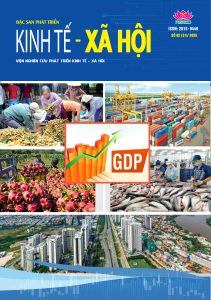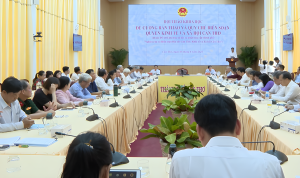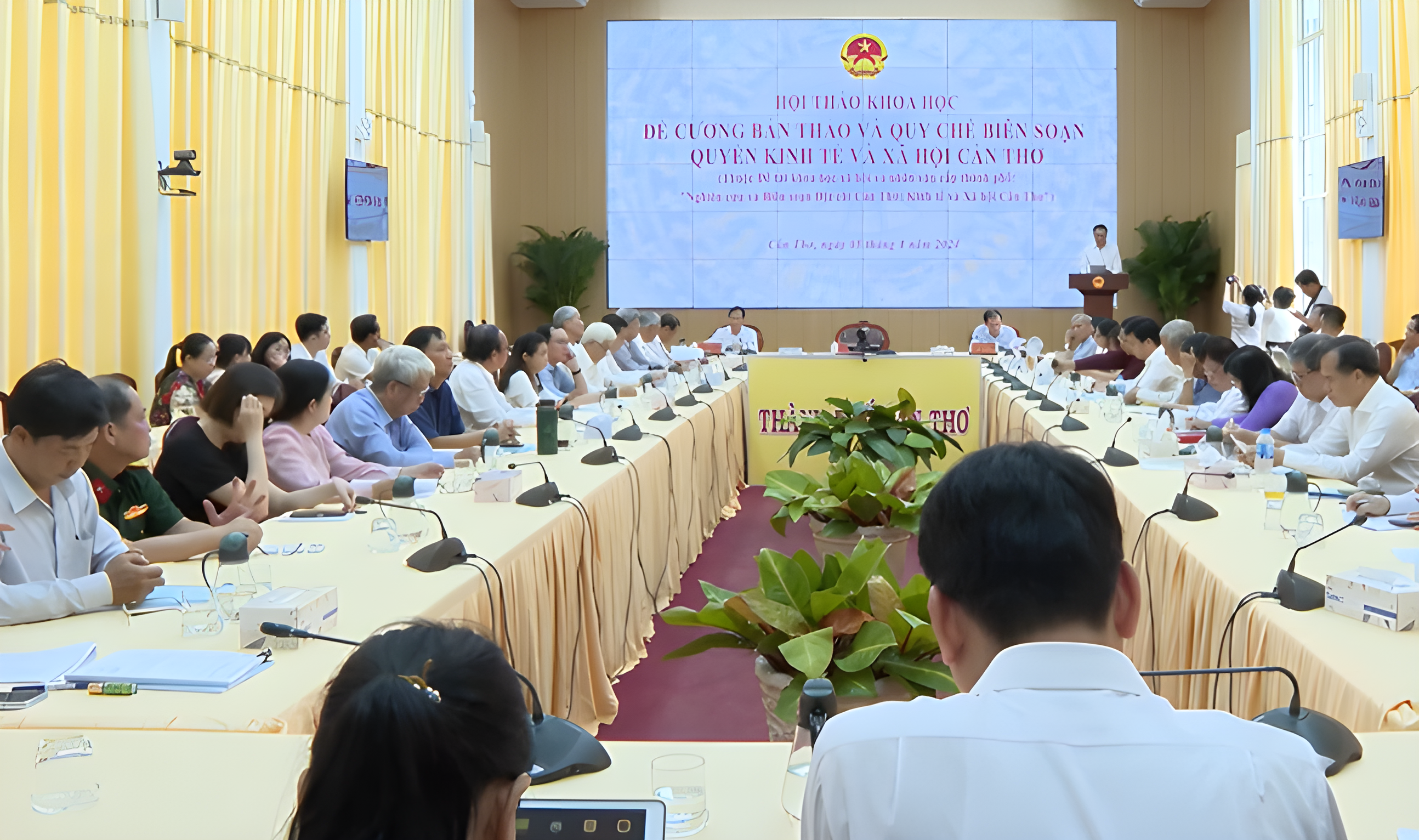Content
The last form of the equation provides an operational definition that is used to calculate the unit cost. The equation is developed in stages to connect the conceptual and the operational definitions. In this calculation, the cost of the work performed during the current month is divided by the equivalent work performed during the current month stated in terms of equivalent units. The units completed includes the equivalent units in beginning work in process.
- The previous sections of this chapter are definitely prerequisites for this section.
- Doing so will allow you to completely remove any risk of mistakes made by workers during the manufacturing process—which would otherwise lead to abnormal spoilage.
- 34) Costs in beginning inventory are pooled with costs in the current period when determining the costs of good units under the weighted-average method of process costing.
- All spoilage is assumed to come from the units started during the period.
- Please complete this reCAPTCHA to demonstrate that it’s you making the requests and not a robot.
- Waste, scrap, evaporation, etc. in the manufacturing of products.
Material is added at the beginning of the process and the inspection point is at the end of the process. All spoilage is assumed to come from the units started during the period. Any spoilage up to ten percent of the good completed units is considered normal.
What is included in manufacturing costs?
We can’t just multiply the completed units by the total unit cost as in the weighted average method. Remember, when FIFO is used, the two categories of completed units are kept separate. The cost of the units in the beginning inventory is calculated first in Equation . These units keep the $26,400 assigned to them at the end of the previous month and are charged with 60 percent more conversion costs to determine their completed cost. Since these units received 40 percent of the required conversion work last month, an additional 60 percent was needed during the current month. The costs allocated to the rest of the completed units, i.e., the 84,000 units that were started and finished during the current month, is also calculated in Equation . Then the sum of these two calculations (i.e., 50,762 + 753,236) provides the amount to transfer to the Assembly Department before the rounding error adjustment.
For example, if the inspection point is at the end of the process, then the spoiled or lost units are assumed to be 100% complete. If the inspection point is midway through the process, then the spoiled or lost units are considered ½ complete as far as conversion is concerned. If material enters production before the inspection point then the spoiled or lost units are https://business-accounting.net/ considered 100% complete for material. If material is placed in production after the inspection point, then the spoiled or lost units are 0% complete as far as material is concerned. Both normal and abnormal spoilage are treated in the same way in the unit cost calculations. Step II FIFO. Assigning cost to the completed units is more involved when FIFO is used.
Accounting Treatment of Spoilage
It is an example of abnormal Spoilage, which was not predetermined or expected. When spoiled goods have a disposal value, the net cost of the spoilage is computed by ________. 36) Spoilage is typically assumed to occur at the stage of completion where inspection takes place. 13) There is no difference between scrap which can be sold for relatively small amount and a byproduct. 12) Scrap and rework are considered to be the same thing by managerial accountants. Spoilages can be a big deal depending on the types of products you make or sell. Thus, it’s important to know how to calculate them as well as how to avoid spoilages in the future.
Conversion$ 20,000Transferred in$ 90,000Material added$ 60,000Conversion added$ 200,000Material is added at the end of the process and spoilage does not occur. Conversion$4,000 Transferred in $12,000 Material added $10,000 Conversion added $20,000Material is added at the end of the process and spoilage does not occur. Comparing the two denominators reveals alternative ways of excluding the equivalent work performed during the previous month.
Meaning of Scrap
Explain the difference between process cost accumulation and job order cost accumulation. A company that sells a product that is subject to spoilage or expiration must determine whether the spoilage occurred in the normal course of business or if the spoilage was considered unusual . When chairs are produced from wood, the wood shavings are released; similarly, when the abnormal spoilage is considered what kind of cost? oil is transferred from barrels to smaller vessels, the oil remains stuck to the barrel walls. These types of Spoilage are expected, and therefore these are termed normal in accounting theory. E10% × 7,000, because 7,000 units are fully completed and inspected in the current period. Units spoiled due to machine breakdowns and operator errors are normal spoilage.
In this way, the work performed during the previous month is taken out of the denominator while keeping the cost of that work out of the numerator. 5) Costs incurred due to spoilage in a job order costing system, may be treated in all of the following ways, EXCEPT A) added to abnormal spoilage and written off. A) The cost of spoiled units is the costs incurred prior to detection. B) The unit costs of abnormal and normal spoilage are the same if detected simultaneously. C) the timing of inspection affects the amount of abnormal spoilage. D) Spoilage may occur at points other than the inspection point.
Meaning and Types of Waste
11) Scrap is residual material that results from manufacturing a product; it has low total sales value compared with the total sales value of the product. 23) Units spoiled due to machine breakdowns and operator errors are normal spoilage.
Normal Spoilage Definition – Investopedia
Normal Spoilage Definition.
Posted: Sun, 26 Mar 2017 06:31:04 GMT [source]
8) If scrap is returned to the company’s storeroom and inventoried, it should NOT have any value in the accounting records. 10) Rework is finished production that is NOT in accordance with customer desires. Mydas Ltd operates a large factory which manufactures three types of motor vehicles, including family cars, sports cars and motorcycles.
Inventory Management
A scrap account is opened with the full amount of the scrap of the process or job if such a scrap value is significant. Process account or job account is given credit by the value of scrap.















